
Seven points to keep in mind when choosing the best ski pants (hardshell pants, snow pants, snow bibs), which are surprisingly difficult to find
It's a good idea to use the same model on the top and bottom, but why not try to get another step towards the ideal fit?
For winter activities such as skiing, snow mountain climbing, and snow hiking, overpants are essential to stay warm and dry even in extremely cold snowy fields. Thick soft shells are available when skiing in early winter and early spring when the weather is relatively calm, low mountain hiking with little snow, or ice climbing, which is particularly easy to move around, but hard shell pants are the ones that are safe to use throughout the snow.
Just because they're pants, the basic way to choose is no different from that of a jacket. For this reason, if you choose the same model as the hardshell jacket, there is no doubt that it is a mistake, but it is actually surprisingly common that there are models that only have jackets, and the jackets are excellent but the pants are decent. What's more, it would be fine if you're not satisfied with the functionality, but if your size or body type doesn't fit and you don't feel comfortable wearing it, you won't be able to look at it. In such cases, we recommend that you give up on matching with the same model without hesitation and find the perfect pants that suit you best.
So, this time we have compiled some points to keep in mind when choosing the best hard shell pants, as well as past experiences, catalog specifications, and actual product surveys at stores. As usual, the editorial department's own views are included in most cases, so we hope that this information will be useful in helping you choose your own smart tools.
Related Articles
table of contents
Point 1: Materials
Waterproof and moisture permeability
Hardshell pants are the same as those with wet and snowy areas like Japan, where hardshell pants are essential no matter what they are, completely waterproof and highly breathable. Wetting in winter is a serious matter that is instantly important, so as a basic premise, choose a model that uses reliable waterproof and breathable membranes such as GORE-TEX, eVent, and Neoshell, and is also a perfect model that can completely block moisture with seam tape or waterproof zipper. Some of the inexpensive ski pants sold at ski equipment stores are not intended for intense outdoor exercise for long periods of time, so water will soak quickly, or are not breathable, and some models have a short lifespan, so be careful.
Durability
Even though the same fabric and material are made of thick thread and a three-layer layer made of waterproof and breathable membrane sandwiched between the front and back fabrics, it can be said that it is more durable. eVent and Neosell hardshell pants are basically three layers, so you should be fine as long as you pay attention to the thickness of the thread (the thickness of the fabric). In particular, Neoshell is a material that is perfect for pants that are highly supple and breathable, as it is a great material for pants that are often moved and are concerned about stuffiness.
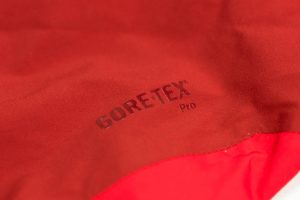 On the other hand, in the case of GORE-TEX, you need to consider three points: the type of fabric, 2 or 3 layers, and thickness. the GORE-TEX Pro which is currently the most durable and waterproof and breathable , but of course it is relatively expensive. On the other hand, the standard GORE-TEX3 layer has slightly lower performance than the Pro, but there are no extreme differences in performance and is more realistic in terms of price. The recently released GORE C-KNIT (3 layers) has revolutionized the comfort of its highly breathable and flexible fabric. This is also highly recommended as a fabric for winter hardshell pants. And while GORE-TEX is probably the most affordable model, it is a two-layer model, it is relatively undurable and can be used in conjunction with nylon or mesh linings, so it tends to weigh a lot. It also seems to be more common in models that have padding.
On the other hand, in the case of GORE-TEX, you need to consider three points: the type of fabric, 2 or 3 layers, and thickness. the GORE-TEX Pro which is currently the most durable and waterproof and breathable , but of course it is relatively expensive. On the other hand, the standard GORE-TEX3 layer has slightly lower performance than the Pro, but there are no extreme differences in performance and is more realistic in terms of price. The recently released GORE C-KNIT (3 layers) has revolutionized the comfort of its highly breathable and flexible fabric. This is also highly recommended as a fabric for winter hardshell pants. And while GORE-TEX is probably the most affordable model, it is a two-layer model, it is relatively undurable and can be used in conjunction with nylon or mesh linings, so it tends to weigh a lot. It also seems to be more common in models that have padding.
When it comes to thread thickness, there is a trade-off between durability, weight and ease of movement, and the thicker the thread is more robust, but it's a good idea to keep in mind that it becomes stiff and difficult to move around.
Thermal insulation
It's a common sense on flat ground that since it's a cold winter, it's better to just warm your pants. When you start moving in the mountains, no matter how low the temperature is, your body will become frustrated and you will start to sweat. Furthermore, pants cannot be taken off as often as jackets, so models with too much heat retention are dangerous. Even pants are based on the concept of layering, and models with only shells or thin linings are more convenient to use.
If it's snowing season or the heat is still around, a base layer such as wool and an outer layer are enough, and if it's cold, you can wear mountain pants that you wear in the summer as a middle layer. As long as you're considering sweat-relieving properties, you can choose from a wide variety of options, such as padded heat-retaining pants, fleece, and soft shell pants. However, please note that the size of hard shell pants should be taken into consideration when considering the amount of space between them.
Tips for choosing:
- The main premise is that it is a fabric and material that is completely waterproof, breathable, and windproof
- If you want to prioritize durability and reliability in harsher environments, we recommend GORE-TEXPro or 3-layer material
- If you are looking for ease of movement, good sweat removal and lightness, we recommend high-breathable 3-layer materials such as GORE C-KNIT and Neoshell
- The best way to adjust the warmth of pants is to layer them. We recommend a model that does not have excess insulation such as padding
Point 2: Pants or bibs
Depending on the shape of winter hardshell pants, there are two types: "pants" and "bibs", and although the appearance is important, it is a wise choice to decide which one to know the role and function. It is not possible to say which is better, so below is a summary of their strengths and weaknesses.
Tips for choosing:
- Bibs are especially comfortable and recommended when there is a lot of deep russell or powder skiing
- bib type with a modest upper body " that combines ease of use and comfort pants type with suspenders ."
Point 3: Silhouette and ease of movement
When comparing hard shell pants, you can see that there are a variety of shapes, from the slimmerest pants that look just like those for the three seasons to the thick silhouette that looks like they are wearing the slope border. Although this is called hard shell pants, it is largely divided into those for Alpine (winter mountain traverse) and those for backcountry, but in general, models for Alpine have a slim silhouette that catches your feet and makes it less friction when walking, while models for backcountry have a relatively large, thick silhouette that covers large boots. However, in reality, there are no two neat patterns, and some brands offer intermediate models, so you can only find out if they will ultimately suit you or not by actually wearing them.
 Also, whether or not the actual movement is easy is not determined by the silhouette alone, but it can vary greatly depending on how skilled you cut the three-dimensionally, taking into account the movement of the human body, and whether or not the material is used . You can only try wearing this and moving around and see how tight it feels and how tense it is in your knees, waist, and crotch.
Also, whether or not the actual movement is easy is not determined by the silhouette alone, but it can vary greatly depending on how skilled you cut the three-dimensionally, taking into account the movement of the human body, and whether or not the material is used . You can only try wearing this and moving around and see how tight it feels and how tense it is in your knees, waist, and crotch.
For example, as someone who mainly rides and skis, I place more importance on walking than comfort when skiing or staying still, so I prefer a model that is slimmer and easy to move in as much as possible. However, think there is a huge difference that means that either of these is necessary I think it would be better to not think too seriously, but to find the most comfortable fit for your (style), including the design.
Tips for choosing:
- The ones for Alpine are thin, and the ones for backcountry are thick. After actually wearing it, choose a style that is comfortable for you, such as its appearance and ease of movement.
Point 4: Side ventilation
As I mentioned in the heat retention section, pants that don't take off easily require more than jackets to adjust the temperature when it gets hot. For this reason, not only is it better to use a more breathable fabric and material, but it is also important that it is not thick enough to adjust, but another effective method is to ventilation using side ventilation.
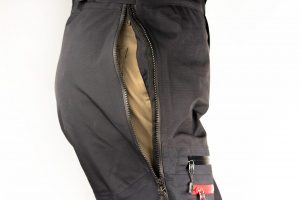 The vents with zippers located on the sides and back of the thighs promote air circulation. On the other hand, the side zippers from the ankles to the knees are more convenient for putting on and taking off boots than ventilation. Some models have side zippers that allow you to open your pants in two from bottom to top, which not only maximizes ventilation, but also allows you to put on and take off your pants without having to take off your boots, and also make it easier to use the toilet (large).
The vents with zippers located on the sides and back of the thighs promote air circulation. On the other hand, the side zippers from the ankles to the knees are more convenient for putting on and taking off boots than ventilation. Some models have side zippers that allow you to open your pants in two from bottom to top, which not only maximizes ventilation, but also allows you to put on and take off your pants without having to take off your boots, and also make it easier to use the toilet (large).
Tips for choosing:
- Check the presence and location of ventilation
Point 5: Inner spats
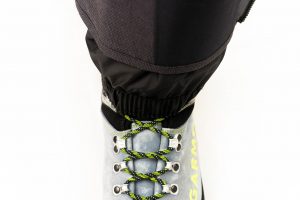 Unless it's a very minimalist model, the cuffs of hardshell pants are equipped with inner spats. This is mainly intended to prevent snow from entering between your boots and pants when you step into deep snow, but in mountaineering boots with shoelaces, it also prevents the shoelaces from loosening. When I was a student, I didn't feel the need at all when it was common for gaiters to wear over pants, but now that the performance of inner spats and edge guards has improved, and there have been more and more cases where gaiters are omitted, it is an important part.
Unless it's a very minimalist model, the cuffs of hardshell pants are equipped with inner spats. This is mainly intended to prevent snow from entering between your boots and pants when you step into deep snow, but in mountaineering boots with shoelaces, it also prevents the shoelaces from loosening. When I was a student, I didn't feel the need at all when it was common for gaiters to wear over pants, but now that the performance of inner spats and edge guards has improved, and there have been more and more cases where gaiters are omitted, it is an important part.
If possible, it is convenient to have hooks that hook onto shoelaces or buckles to make them easier to come off, or loops that pass through the soles of your shoes to make them more reliable and convenient. Also, as mentioned earlier, if you don't need it, there are removable types, and each one is best suited to your style.
Tips for choosing:
- To prevent snow from entering, we generally choose models with inner spats . However, even if there is no problem, you can make up for it by wearing a gaitor.
Point 6: Edge Guard
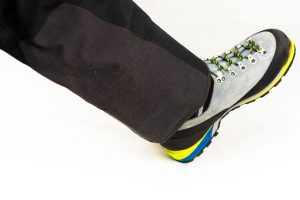 The most worn parts of pants are the inner cuffs that rub when walking and hang on the edges of the skis and clamps. It seems that there are rare cases where pants are not snowboarding, but many hardshell pants have strong fabrics reinforced.
The most worn parts of pants are the inner cuffs that rub when walking and hang on the edges of the skis and clamps. It seems that there are rare cases where pants are not snowboarding, but many hardshell pants have strong fabrics reinforced.
However, no matter how sturdy the fabric is reinforced, everyone doesn't want to easily damage the pants they've purchased with a high amount of money. So, although there is no need to wear a gaiter on the outside with this (along with inner spats), it's no good to know that some people, including me, still wear a gaiter to protect their pants.
Tips for choosing:
- Models with edge guards on the inner cuffs to prevent friction and damage caused by clamps are convenient as a replacement for gaiters.。
Point 7: Pocket
Finally, an important feature that you should not forget is whether or not the pocket is present and where it is located. It's better to have a large number, but it's important to know whether the size is not too small, or if it may pass through harsh rocky areas, it's also important to know whether it's in a position where it won't interfere with the harness when you put on it. Personally, I find the pockets on my butt are great for everyday use, but it's more convenient to put them on my thighs because they're difficult to put in and take them out in the mountains. The best is the bib type, and it often has plenty of pockets on the sides and chest that can be used like the inner pocket of a jacket, making it a great pleasure to store quite bulky gear, such as camera batteries, avalanche beacons, and radios that you should warm up.
In any case, in winter there are many gears that you should wear, such as the ones mentioned above, as well as small gear that you'll want to take out after doing something small, such as maps, compasses, GPS, sunglasses, glasses wipes, smartphones and cameras, so it's a major advantage that you can easily access storage spaces other than your backpack.
Tips for choosing:
- It's often helpful to have more pockets in winter than in summer. However, it's even better to make sure that the size and position are taken into consideration.
summary
I have tried to organize the choice of hard shell pants as systematically as possible, but the most critical issue is how I chose the pants actually first try on them and whether the size fits well. I was able to start comparing the above functional aspects from among the perfect fit options, but in the end, I think this choice will make me happiest. No matter how good someone else is, it's pointless if it doesn't fit you.
Now, next time I would like to introduce some of the best recommended hard shell pants that have been carefully selected based on this method of choice. These pants are difficult to make a difference at first glance, but when I searched seriously, I was filled with amazing models that bring together the techniques and ideas of each brand, and I was once again excited. Please look forward to it!




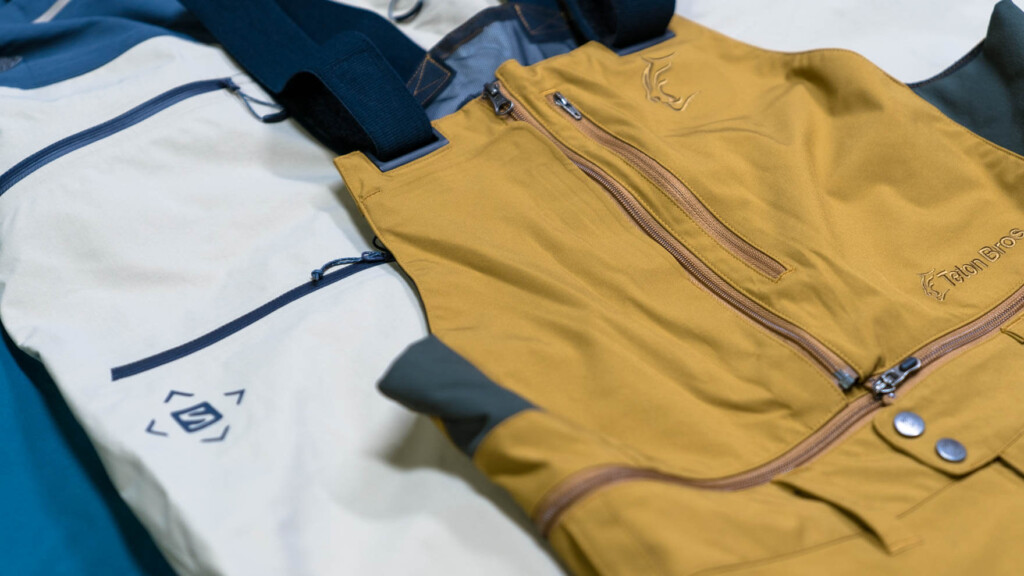 Snowbibs I Want This Year 2021-2022 - 5 Reasons Why Snowbibs Are Recommended for Backcountry and How to Choose Smartly -
Snowbibs I Want This Year 2021-2022 - 5 Reasons Why Snowbibs Are Recommended for Backcountry and How to Choose Smartly -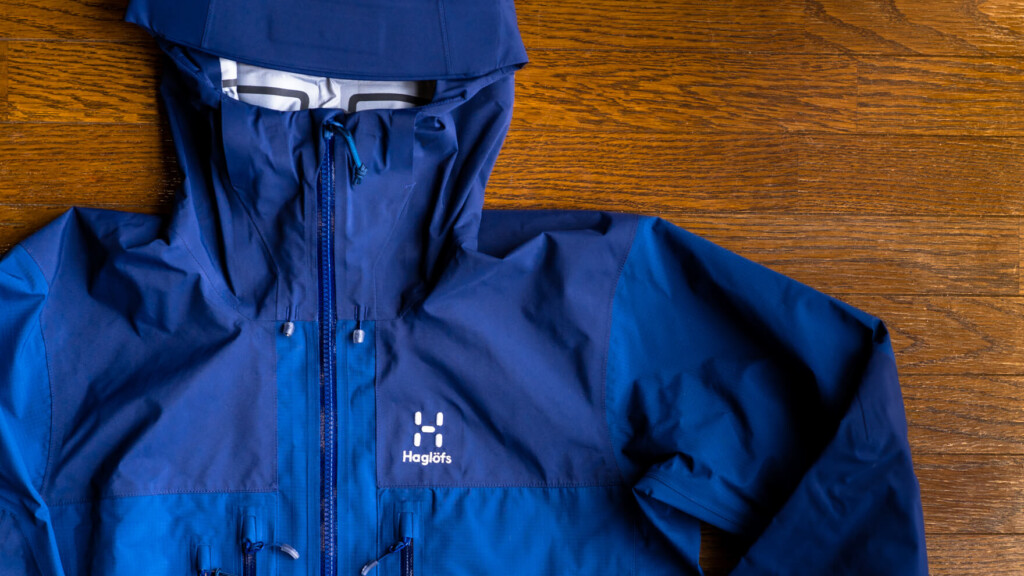 Hardshell Jacket I want this year 2021-2022
Hardshell Jacket I want this year 2021-2022 You can climb snowy mountains and backcountry! 5+5 recommended hard shell pants
You can climb snowy mountains and backcountry! 5+5 recommended hard shell pants The snow season has arrived. Hard shell jackets featured this season [2017-2018]
The snow season has arrived. Hard shell jackets featured this season [2017-2018]